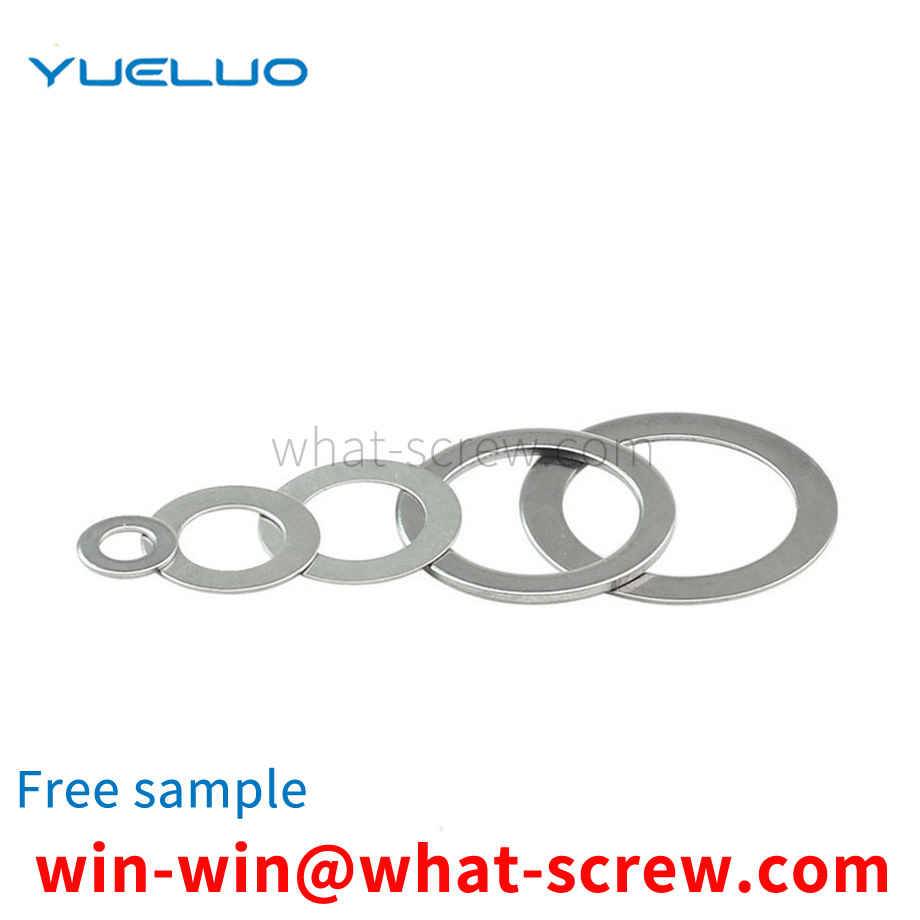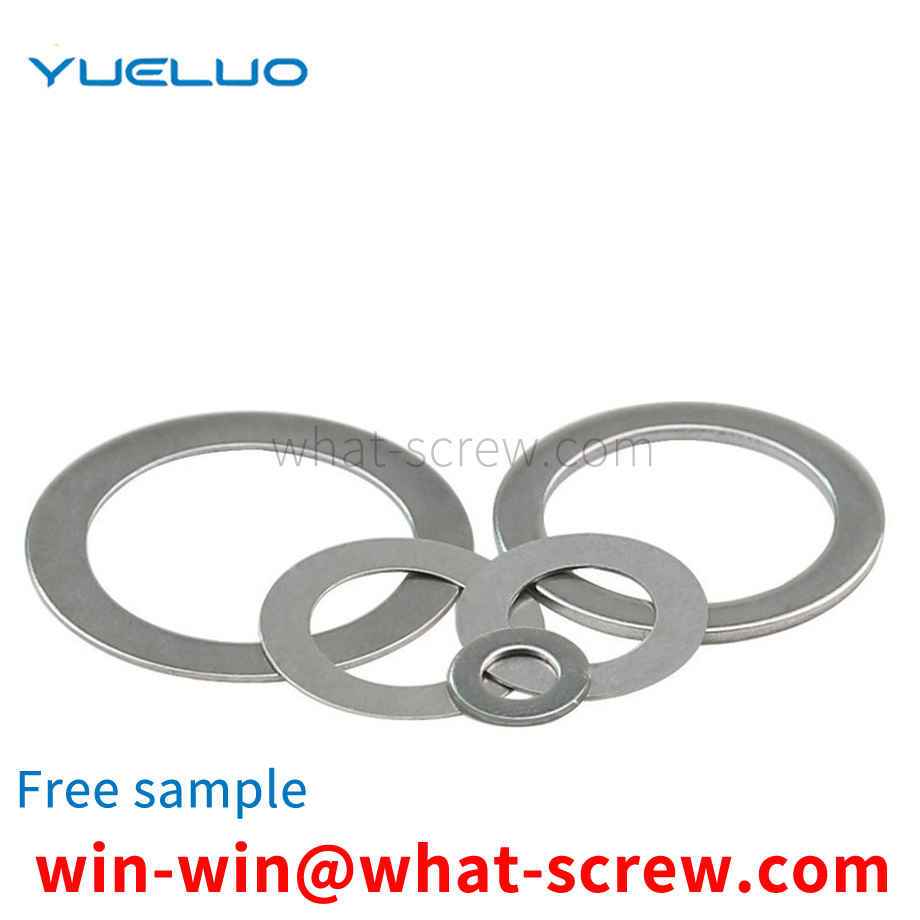Screw: A type of fastener consisting of a screw head and a screw rod (a cylinder with an external thread), which needs to be used in conjunction with a nut to fasten and connect two parts with through holes. and widely used in people's lives. In real life, due to the vibration of the machine, the workpiece is loose at the connection between the screw and the nut, and the nut needs to be tightened frequently, which is time-consuming and laborious, delays time, and reduces the production efficiency, so how to reduce the production process. Frequent tightening of screws has become an unsolved problem for people. Therefore, there is an urgent need to provide a slotted screw.
Several concepts about high-strength bolts 1. According to the specified performance level of bolts above 8.8, they are called high-strength bolts. The current national standard only lists M39. For large-size specifications, especially those with a length greater than 10 to 15 times High-strength bolts, domestic production is still short-term. The difference between high-strength bolts and ordinary bolts: High-strength bolts can withstand larger loads than ordinary bolts of the same specification. High-strength outer hexagon bolts High-strength outer hexagon bolts are made of Q235 (ie A3). The material of high-strength bolts is 35# steel or other high-quality materials, which are heat-treated after being made to improve the strength. The difference between the two is the difference in material strength. From raw materials: High-strength bolts are made of high-strength materials. The screws, nuts and washers of high-strength bolts are all made of high-strength steel, such as No. 45 steel, 40 boron steel, 20 manganese titanium boron steel, 35CrMoA, etc. Ordinary bolts are usually made of Q235 (equivalent to A3 in the past) steel. In terms of strength grades: high-strength bolts are increasingly used. Two strength grades are commonly used, 8.8s and 10.9s, of which 10.9 is the majority. The strength level of ordinary bolts is lower, generally 4.4, 4.8, 5.6 and 8.8. High-strength bolts High-strength bolts are viewed from the force characteristics: high-strength bolts apply pretension and transmit external forces by friction. Ordinary bolt connection relies on the shear resistance of the bolt and the bearing of the hole wall to transmit the shear force. When the nut is tightened, the pre-pressure is very small, and its influence can be ignored. In addition to its high material strength, high-strength bolts also exert a large amount of pressure on the bolts. The pre-pressure generates extrusion force between the connecting components, so that there is a large friction force perpendicular to the direction of the screw, and the pre-pressure, anti-slip coefficient and steel type directly affect the bearing capacity of high-strength bolts. According to the force characteristics, it is divided into pressure type and friction type. The calculation methods of the two are different. The minimum specification of high-strength bolts is M12, and M16~M30 are commonly used. The performance of super-large bolts is unstable and should be used with caution in design.
The existing screw generally includes a round table-shaped nail body with one large end and one small end, a threaded section is provided on the radial circumference of the nail body, a small end of the nail body is provided with an inclined tip, and the large end of the nail body is provided with a nail cover. , generally used on materials that are softer than the screw, and drill into the object to be nailed through its own rotation. When drilling, the thread plays the role of rotary cutting, so that the screw is drilled forward, but when the thread cuts the object to be nailed When it is shaken for a long time, the tightening force of the screw in the axial direction is not enough, it is easy to loosen, and there is a potential safety hazard.
Countersunk head screw, also called countersunk head screw, also known as flat machine screw, is a kind of construction part. The head is a 90-degree cone, similar to common wood screws. The head has tool tightening grooves, such as a zigzag, cross, inner hexagon, plum blossom, pentagon, etc. Screws are all connectors used to connect two objects. Generally, the head of the screw will protrude above the surface of the object to be connected, so that the surface will lose its smoothness. Countersunk head screws can be sunk under the surface to make the surface flat. For hard objects, countersunk holes need to be drilled in the corresponding positions of the countersunk head. In short, the countersunk head is the head of the screw that can keep the surface flat after installation.
Rivet riveting has the advantages of simple process equipment, shock resistance, impact resistance, uniform force transmission, firmness and reliability, etc. The key parts of mining equipment such as skips, cages, dumpers, and mine trucks are all connected by rivet riveting. The quality of rivet riveting directly affects the product quality, working performance and service life of mining equipment. The number of rivets used in mining equipment is huge. Each mining equipment requires one hundred or hundreds of rivets, and they are used in mining equipment. The specifications of the rivets in the equipment are large, and the riveting process of hot riveting is mostly used. The riveting tools required are riveting machines and rivet molds.
We have many years of experience in the production and sales of screws, nuts, flat washers, etc. The main products are: cap-like DIN315 square wing thumbtight nuts, iron saddle elastic washers, one-piece expansion bolts, trapezoidal intermediate connectors and other products, we can provide You have the right fastener solution for you.



















 Service Hotline
Service Hotline




